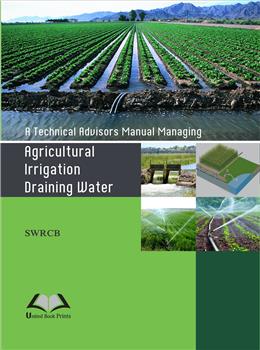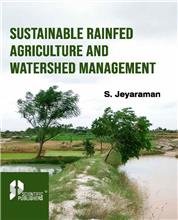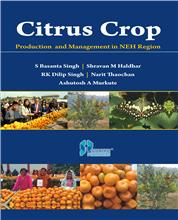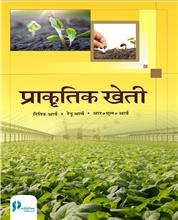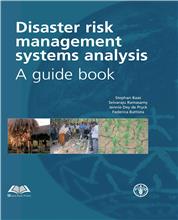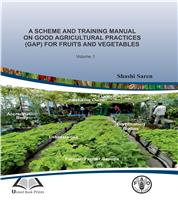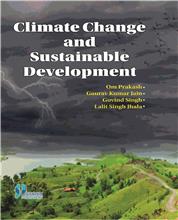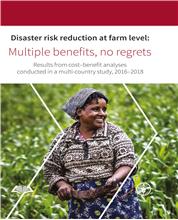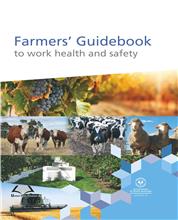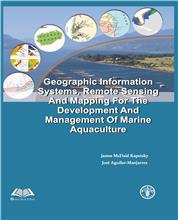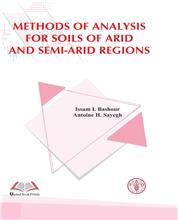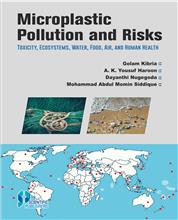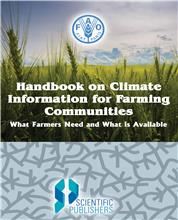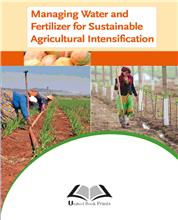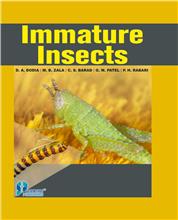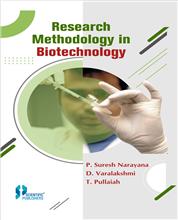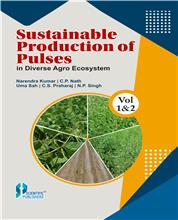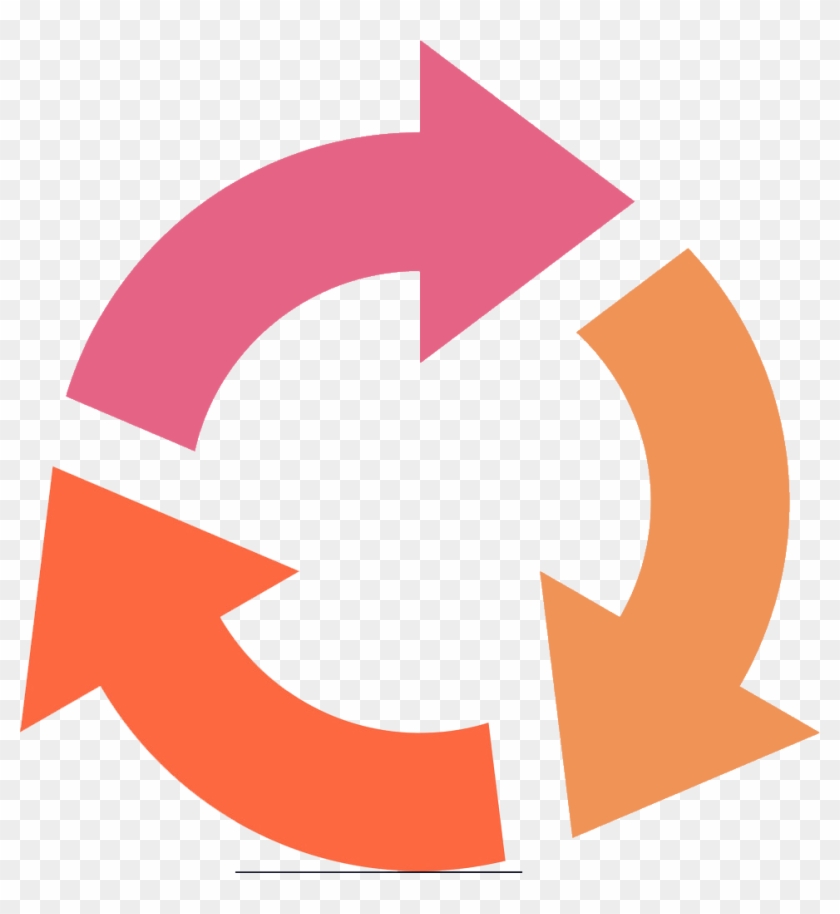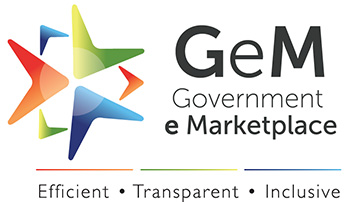1. Introduction
A.
Background
B. Salt
Management
C. Regional
Groundwater Flow
D. Source
Control
E. Active Management
2. IFDM System Description and Example of
Operating IFDM System
A.
Introduction
B. Basic
Description of IFDM System
i. Border
Strips of Trees
ii. Crop
Production Areas
iii. Solar
Evaporator (Salt Harvest Area)
C. Example
IFDM System – AndrewsAg Inc. IFDM Project
i.
Background Information
ii. Initial
IFDM System Design
iii.
Description of Current IFDM System
iv. Physical
Description of the AndrewsAg Inc. Solar Evaporator
3. IFDM System Design Considerations
A.
Introduction
B. Analysis
of Existing On-Farm Irrigation and Drainage Systems Operation
C. IFDM
Analysis and Design Checklist
D. Review of
Existing Farm Irrigation and Drainage System Design and Management
E.
Irrigation System Selection
F. Farming
Unit Design
G.
Development of the Farming Unit General Arrangement Drawing
H. Water
Management Options
I. Drainage
System Design Guidelines for IFDM
J. Solar
Evaporator Design
4. Frainage Water
A.
Introduction
B.
Agricultural Drainage Water Characteristics
i. Tailwater
and Tilewater
ii. Salts
iii. Water
Salinity
iv. Water
Sodicity
v. Toxic
Trace Elements
vi.
Nutrients
C. Utilizing
Drainage Water for Irrigation
I.
Sequential Use.
ii. Blending
iii. Cycle
Use.
iv.
Combining Strategies
v. Single Use.
5. Crop Selection for IFDM Systems
A. Introduction
B. Choosing
the Appropriate Plants
C. Salt and
Boron Tolerance of Traditional Crops
D.
Salt-Tolerant Forages
E.
Halophytes
F. Trees
Acknowledgements
6. IFDM System Management
A.
Introduction
B.
Irrigation management
C. Salt
management
D. Drainage
System Management
E. Solar
Evaporator
F. Selenium
Management
7. Monitoring, Recordkeeping and Reporting
A.
Introduction
B. Data
Quality
C.
Monitoring & Reporting Program
i.
Groundwater Monitoring
ii.
Subsurface Agricultural Drainage
iii. Solar
Evaporator Subsurface Drainage
iv. Sampling
Plan
v. Who Will
Perform the Monitoring and How?
vi. What
Parameters Will Be Measured?
vii.
Approved Laboratories
Viii. Where
are the Monitoring Sites.
ix. Sampling
Frequency
D. Automated
Systems for Data Collection
i. Manual
vs. Instantaneous Readings
8. Economic Analysis of IFDM
A.
Introduction
B.
Components of an IFDM System
C.
Conceptual Framework
D. Empirical
Analysis
E.
Discussion
F.
Conclusions
Acknowledgements
9. Future Research
A.
Introduction
B. Examples
of Funded Research Projects
i. Drainage
Water reuse
ii. Salt
Separation and Utilization
iii.
Drainage Water Treatment
iv. Source
Reduction
v.
Salinity/Drainage Projects
List of Tables
List of Figures
